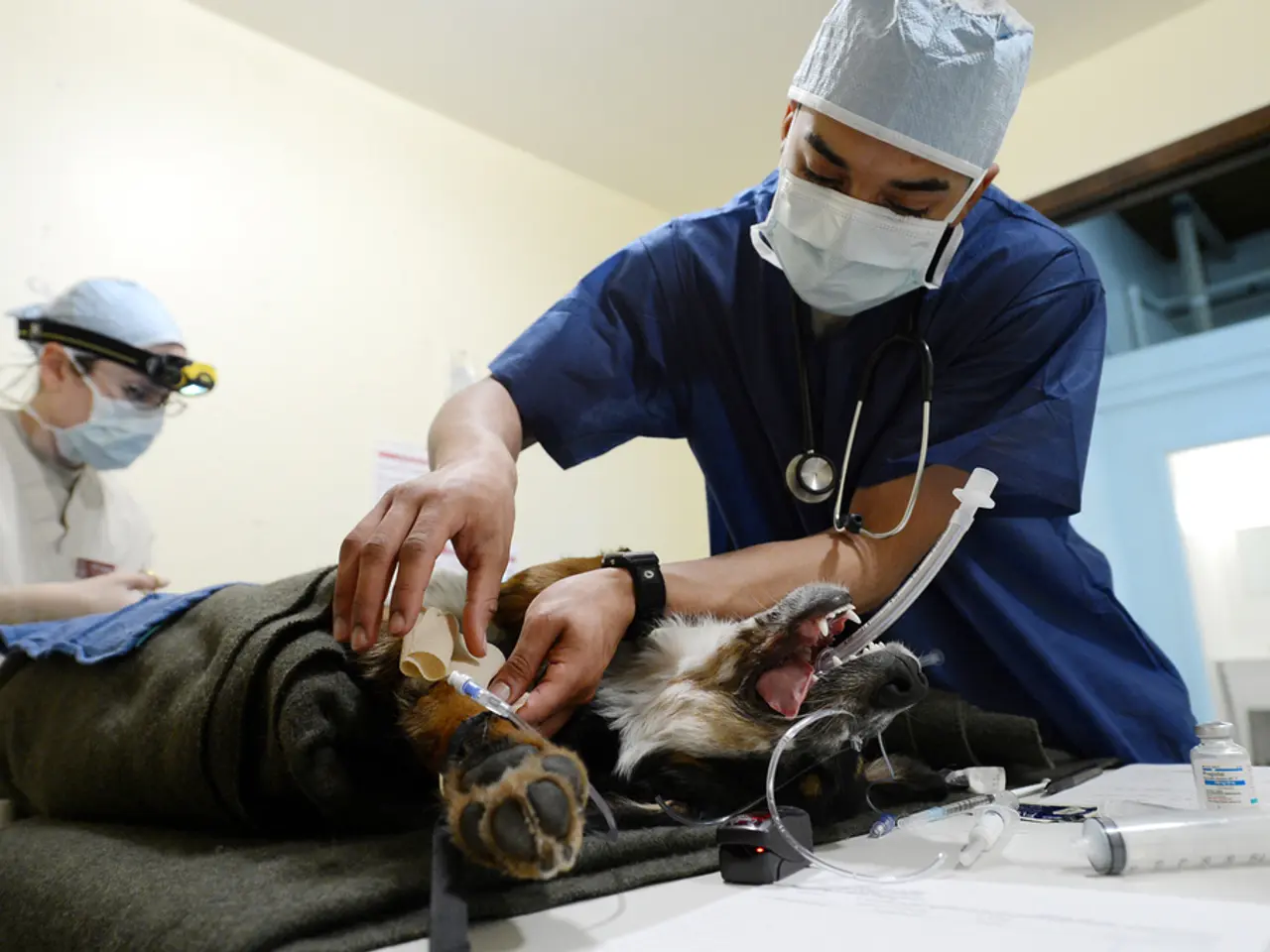Parainfluenza Viruses: Common Causes of Respiratory Infections
Parainfluenza viruses, known as HPIVs, are common causes of respiratory infections, with different types affecting children and adults at various times of the year. HPIV-1 and HPIV-3 cause outbreaks in odd-numbered years in the fall, while HPIV-2 and HPIV-4 have different patterns. Symptoms range from fever and cough to severe illness in those with weakened immune systems.
HPIV-1 and HPIV-3 are responsible for croup in children during fall outbreaks in odd-numbered years. HPIV-2 also causes croup but is less common and mainly affects children in the fall. HPIV-4 is rare and has no known seasonal patterns. Symptoms of HPIV infections can include fever, cough, stuffy nose, sore throat, shortness of breath, wheezing, and ear pain, depending on the type of virus.
There's no specific treatment for HPIVs, but symptoms can be managed with corticosteroids, over-the-counter medications, and home treatments. Diagnosis involves a physical exam, throat or nasal swabs, and imaging tests like chest X-rays or CT scans. Transmission occurs through contaminated surfaces, close contact with infected individuals, or by being in an area where someone has coughed or sneezed.
HPIVs are a group of viruses that cause respiratory infections, with different types affecting people at various times of the year. While most people recover without treatment, severe illness can occur in those with weakened immune systems. Diagnosis and management of symptoms are crucial for preventing complications.





